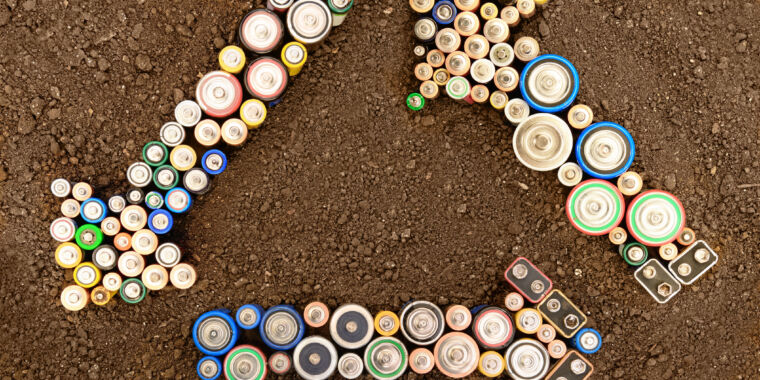Despite the smaller supply of lithium, a study earlier this year in the Journal of the Indian Institute of Science found that less than 1 percent of Lithium-ion batteries get recycled in the US and EU compared to 99 percent of lead-acid batteries, which are most often used in gas vehicles and power grids. According to the study, recycling challenges range from the constantly evolving battery technology to costly shipping of dangerous materials to inadequate government regulation.
Emma Nehrenheim, chief environmental officer at Northvolt batteries, said everyone expected lead to be phased out by now, but she attributes its continued economic success to high recycling rates.
“Every time you buy a battery for your car, you have to give the whole battery back, and then it goes into the recycling chain,” said Nikhil Gupta, lead author of the study and a professor of mechanical engineering at the Tandon School of Engineering at New York University. This hasn’t worked for lithium batteries, partly because so many formats exist. “These batteries are all over the place in different sizes,” he said. A related challenge is that the technology for lithium batteries changes rapidly — every one to two years, he said.


